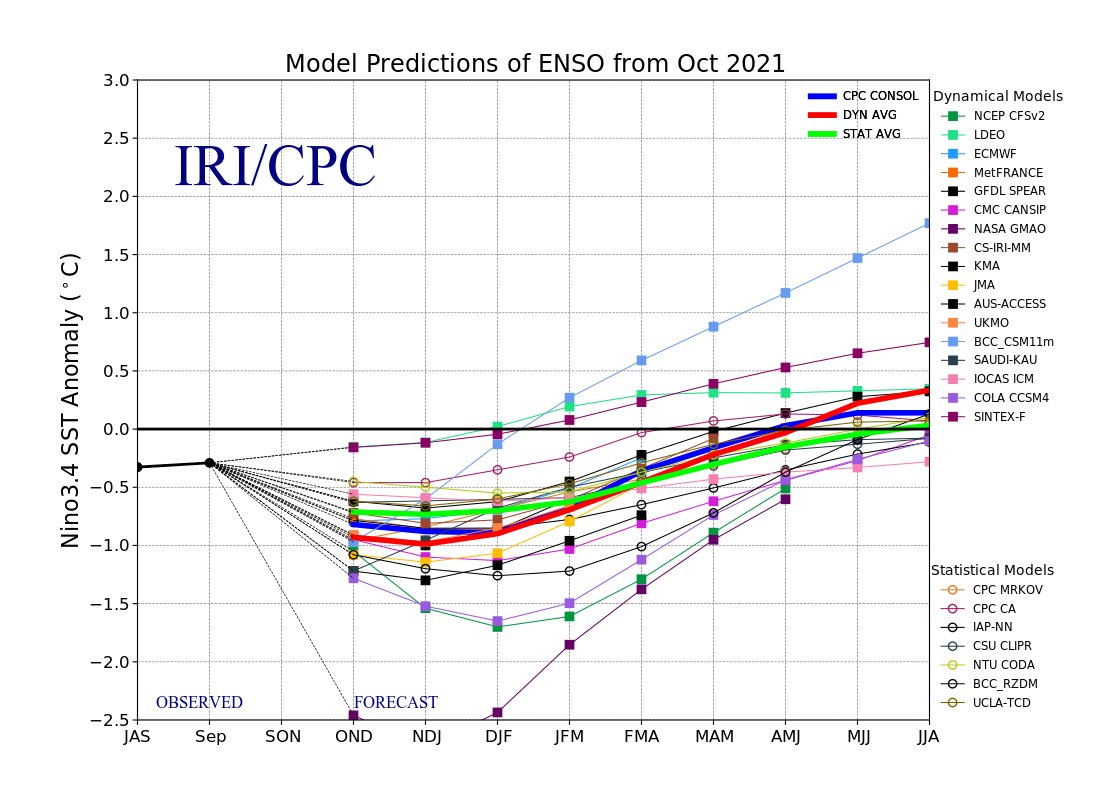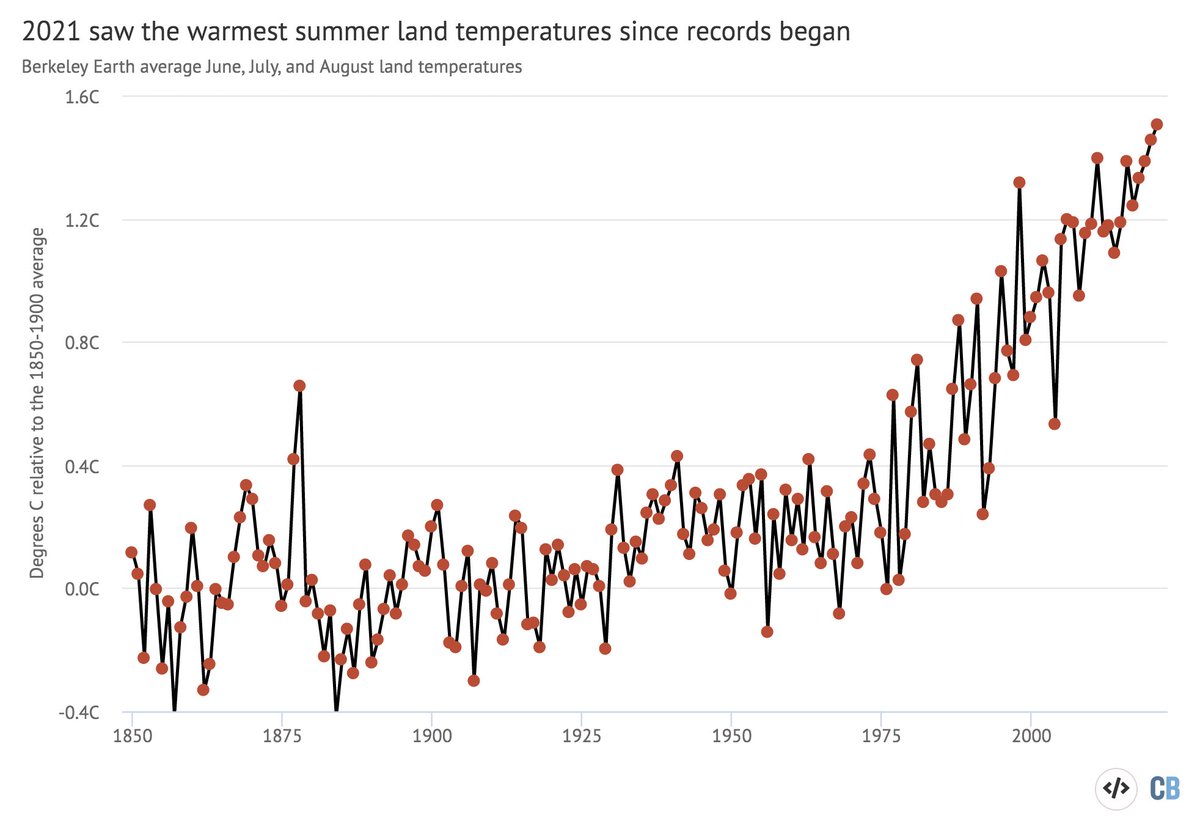
Winter La Niña is coming. iri.columbia.edu/our-expertise/… 

Its decidedly an outlier, but that NASA GMAO model... 🤯
(albeit with a slightly more modest La Nina forecast this time around)
• • •
Missing some Tweet in this thread? You can try to
force a refresh
















